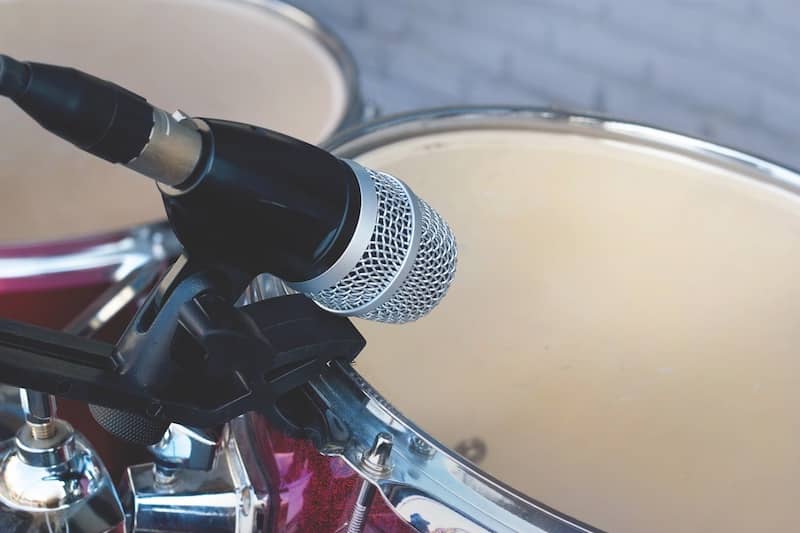 If your drummer plays like Chad Smith then the answer is of course, yes! Miking drums is both an art and a science and like anything else takes some trial and error, because every drum kit and performance location is different. However, there are a few fundamentals that apply and will help you get the best sound out of your amplified drum kit.
If your drummer plays like Chad Smith then the answer is of course, yes! Miking drums is both an art and a science and like anything else takes some trial and error, because every drum kit and performance location is different. However, there are a few fundamentals that apply and will help you get the best sound out of your amplified drum kit.

As we discussed in the September issue, a dynamic microphone captures sound using a magnet vibrating inside a coil and is designed to pick up sound close to the input source and avoid unwanted sounds from other sources. Dynamic microphones are generally sold as vocal or instrumental (See Figure 1), and for drum kits use the instrumental versions because they have a narrower pick up pattern.


Mixing the Kit
Now that we have identified the correct microphones, there are a few essential mixer tricks to getting the best sound on the drums. The first is use a gate (Figure 4) on your mics. The gate, available on almost all digital mixers, controls the level at which sound can pass through the mixer based on the volume of the incoming signal. By setting a gate, a drum microphone will “open” when the drum is hit and “close” when the drum is not in use. This means your drum microphones do not all pick up every other drum and sound muddy. To set the gate, I suggest having a student play the drum as soft as they will in performance and increasing the gate until it starts to affect the drum sound, then backing down to the highest level possible without closing on the drum resonance.

Using the techniques above, and with a little practice and patience, you will be able to get a great sound out of your drum set. In fact, many directors find it useful to mic the drum set even if only a little, because it allows the total mix of the ensemble in the sound system to blend better. If you are recording performances then drum miking is also a good idea for getting a great final mix down. As always, be sure to involve students in the process at all times and teach them how to properly set up and use the sound system. Happy mixing!









